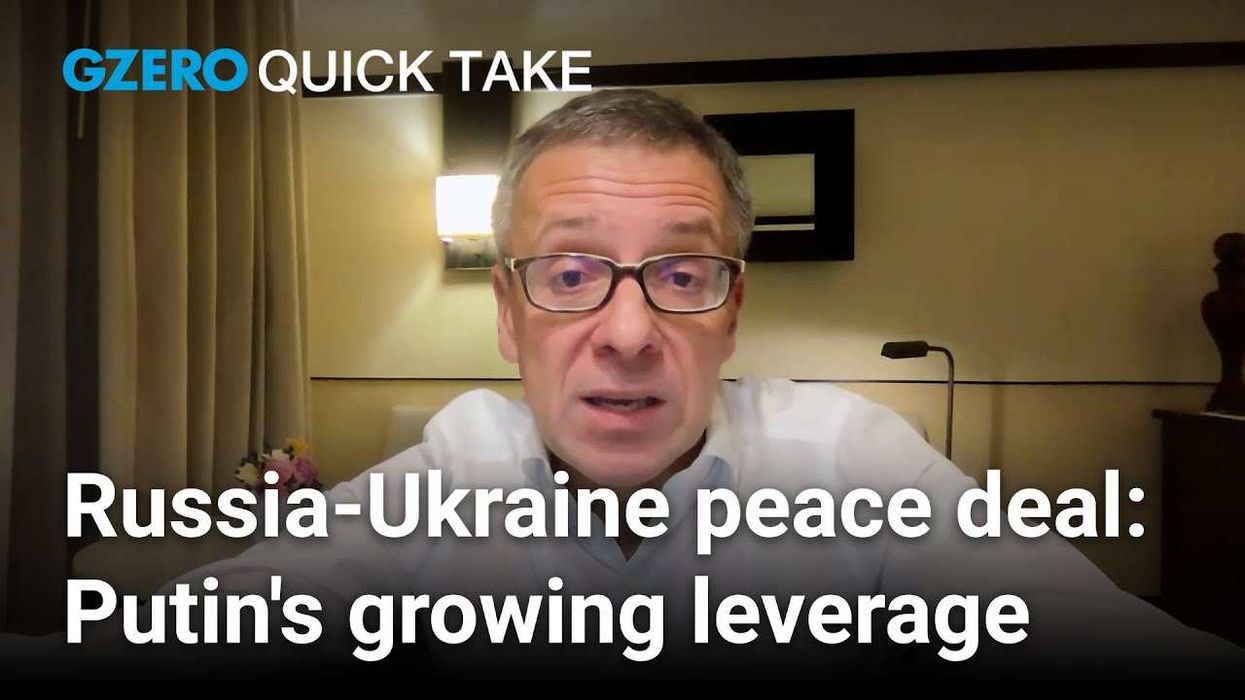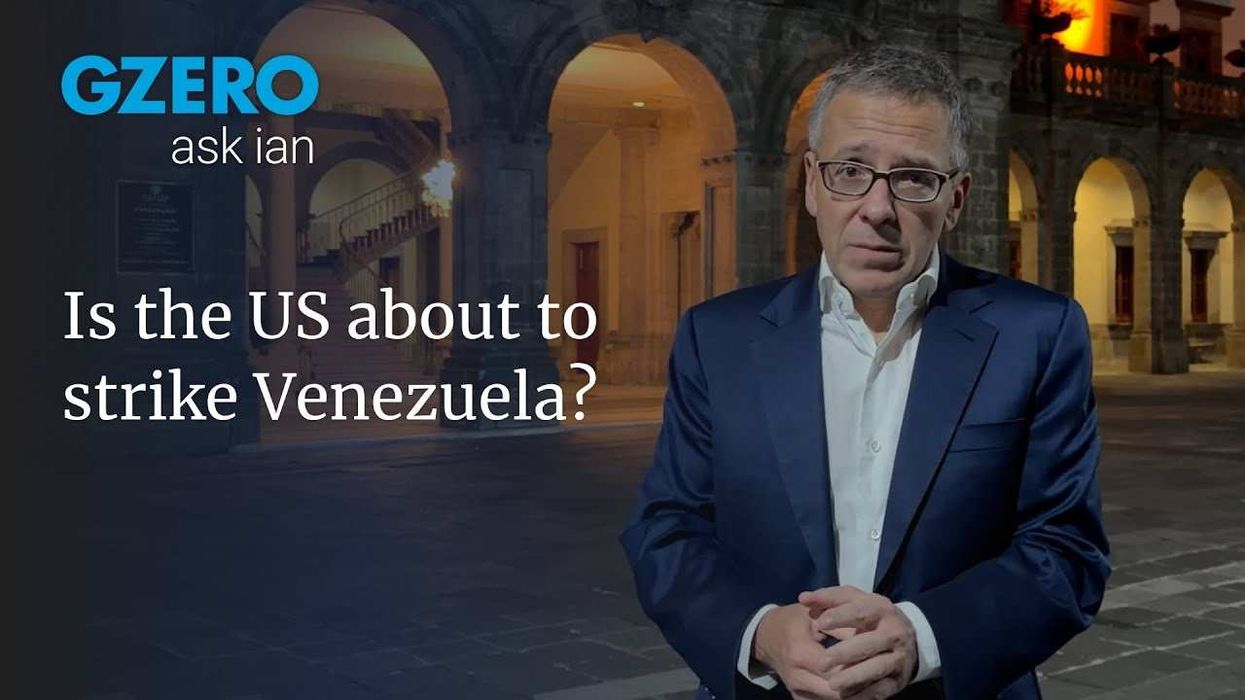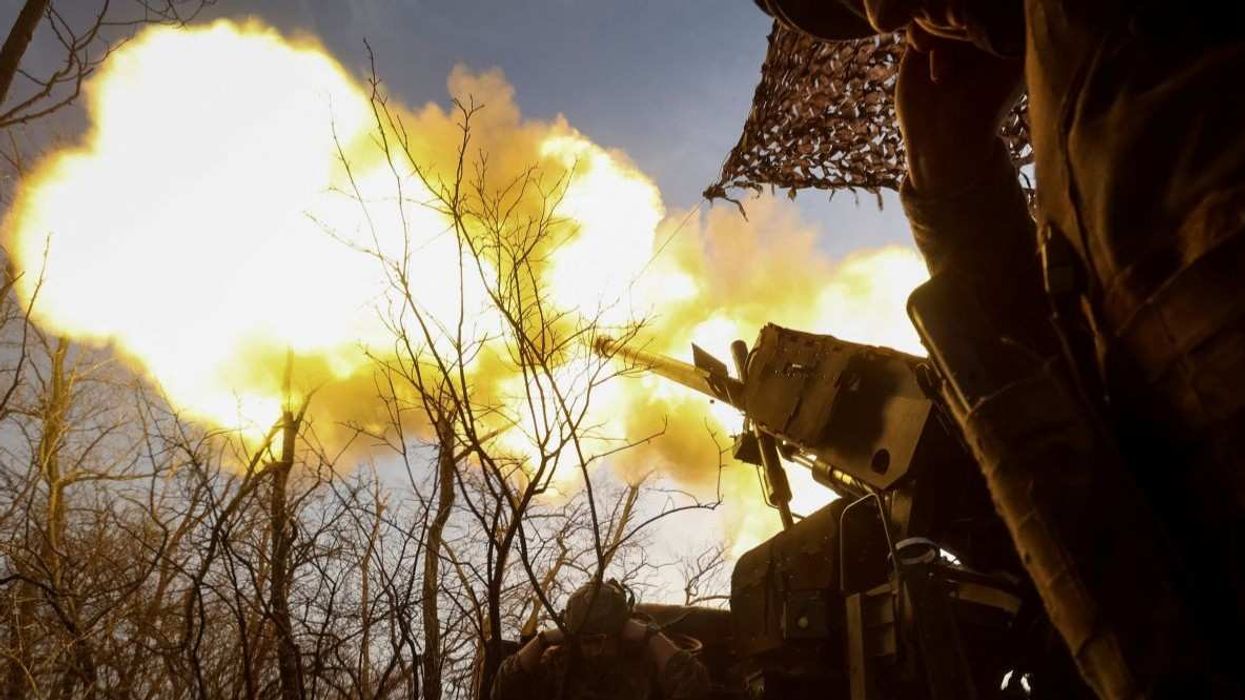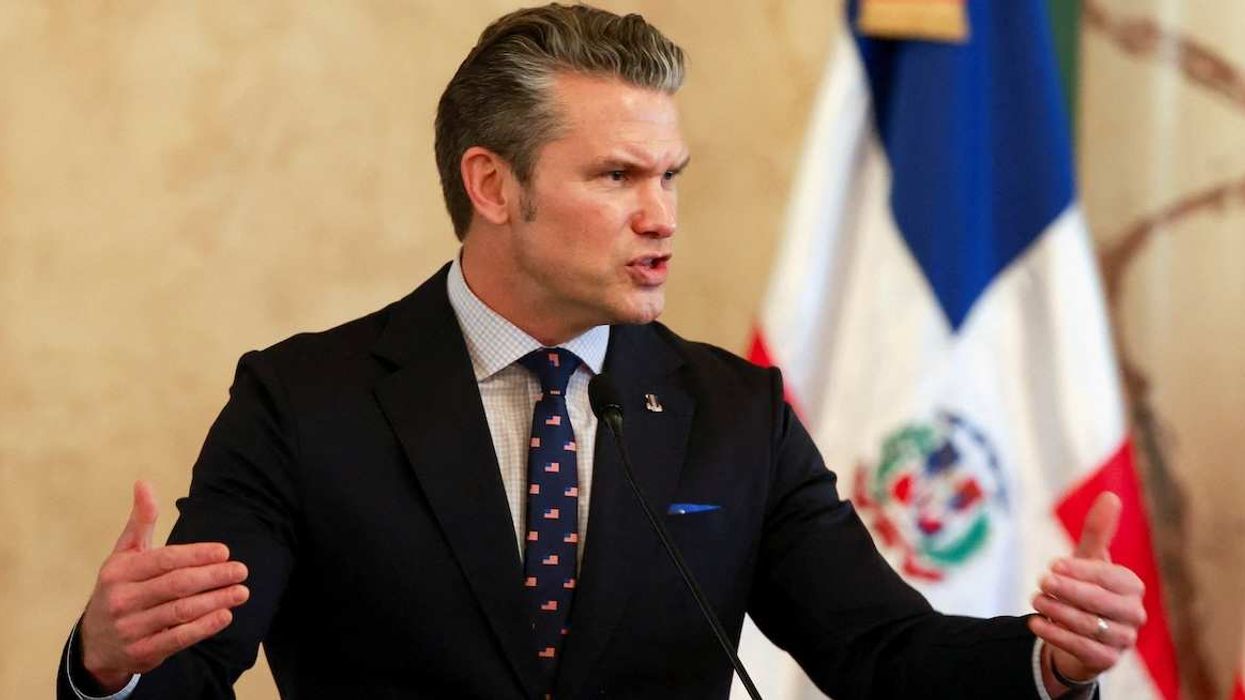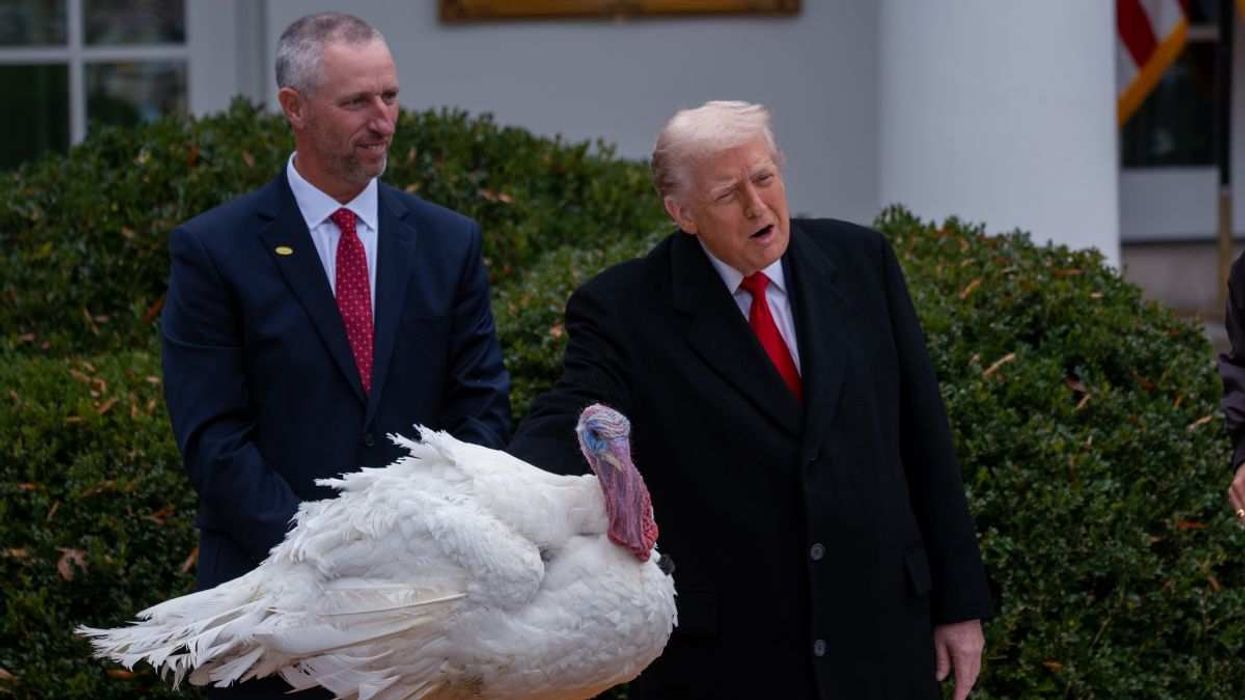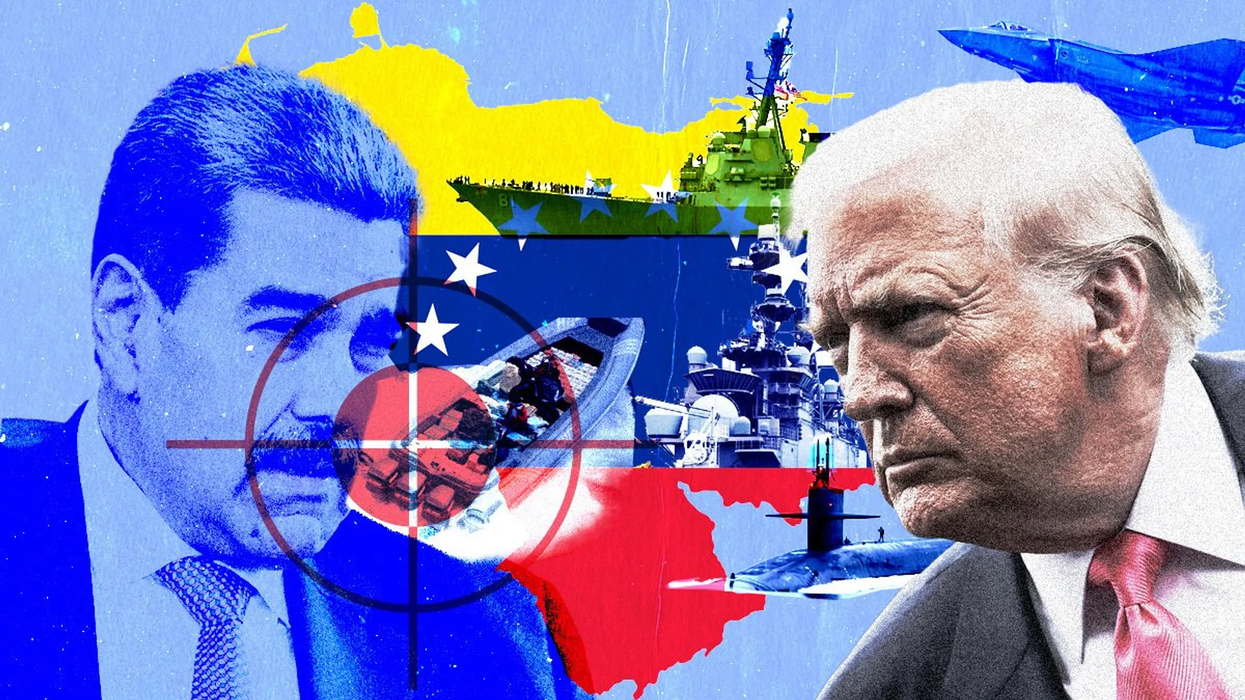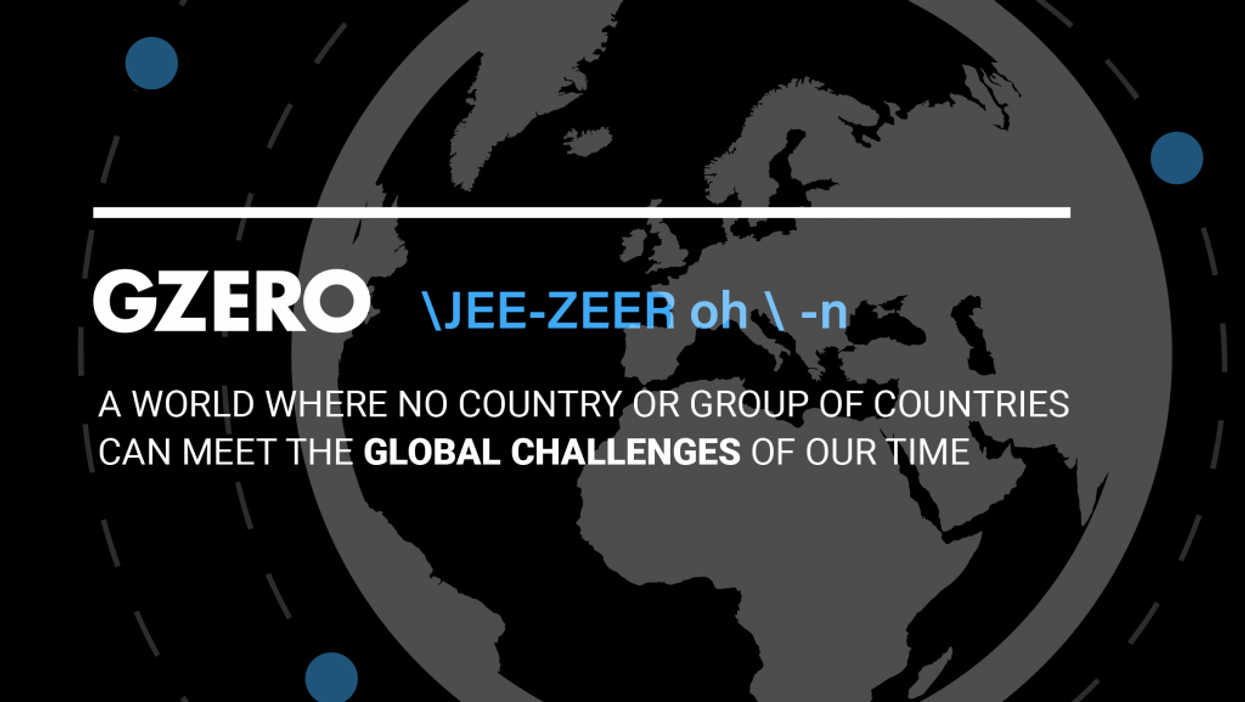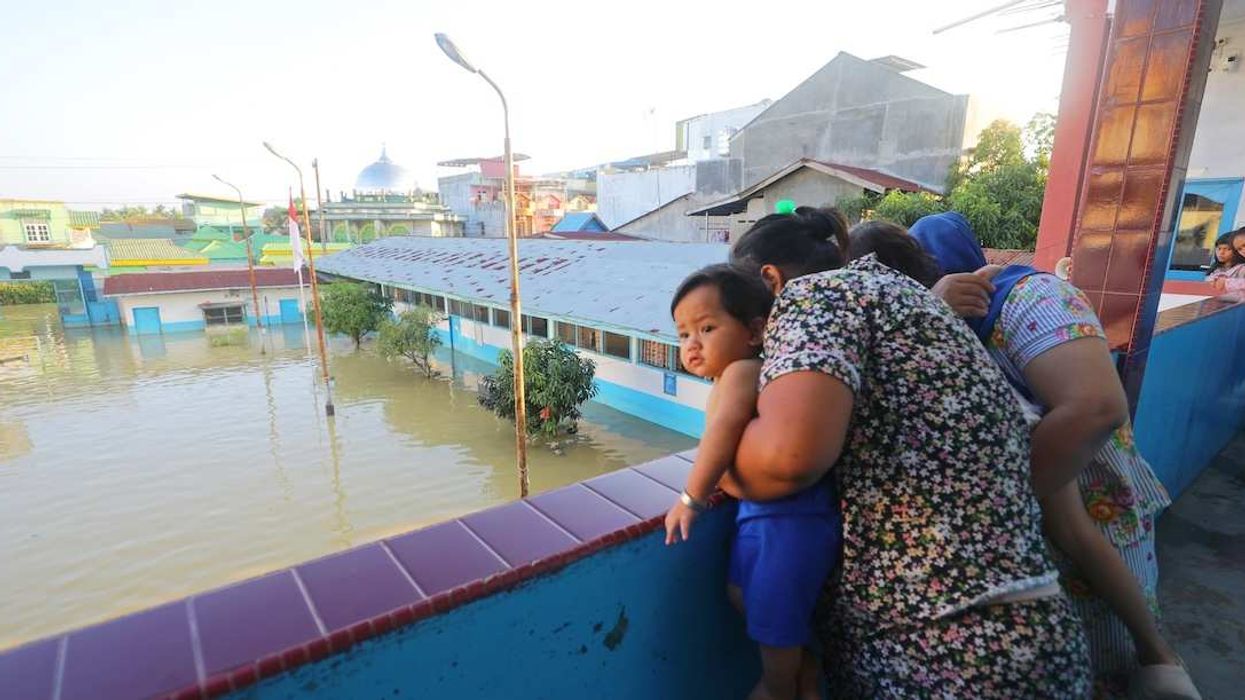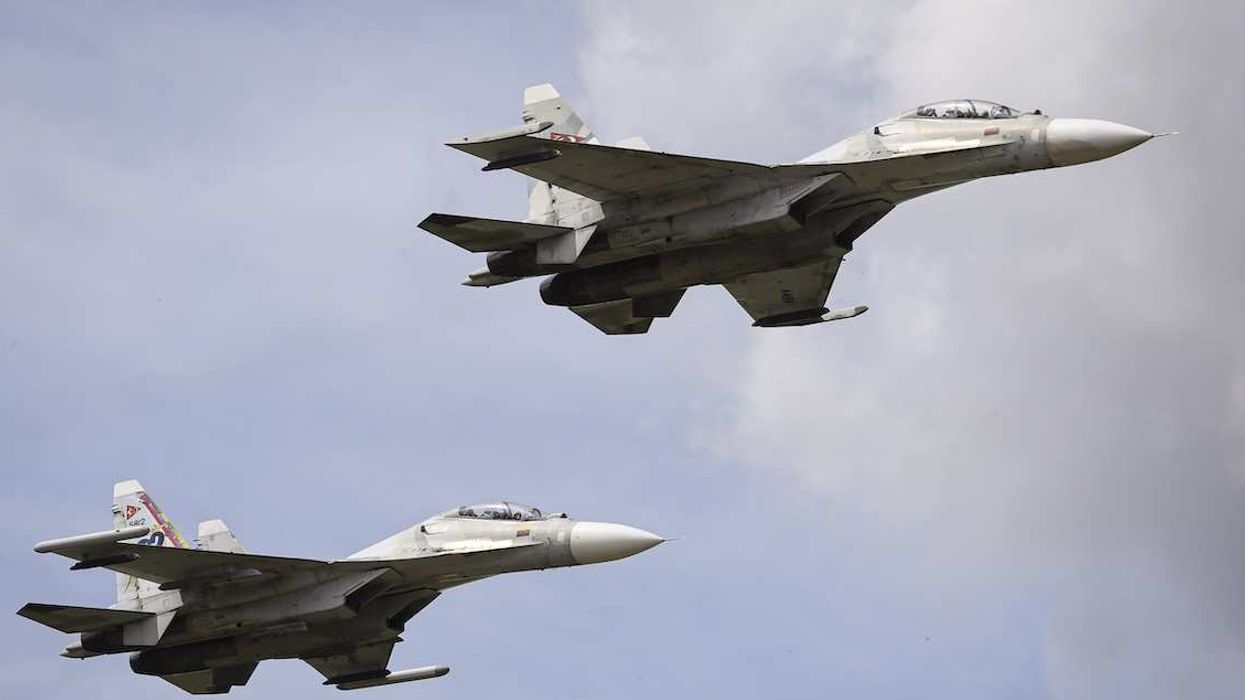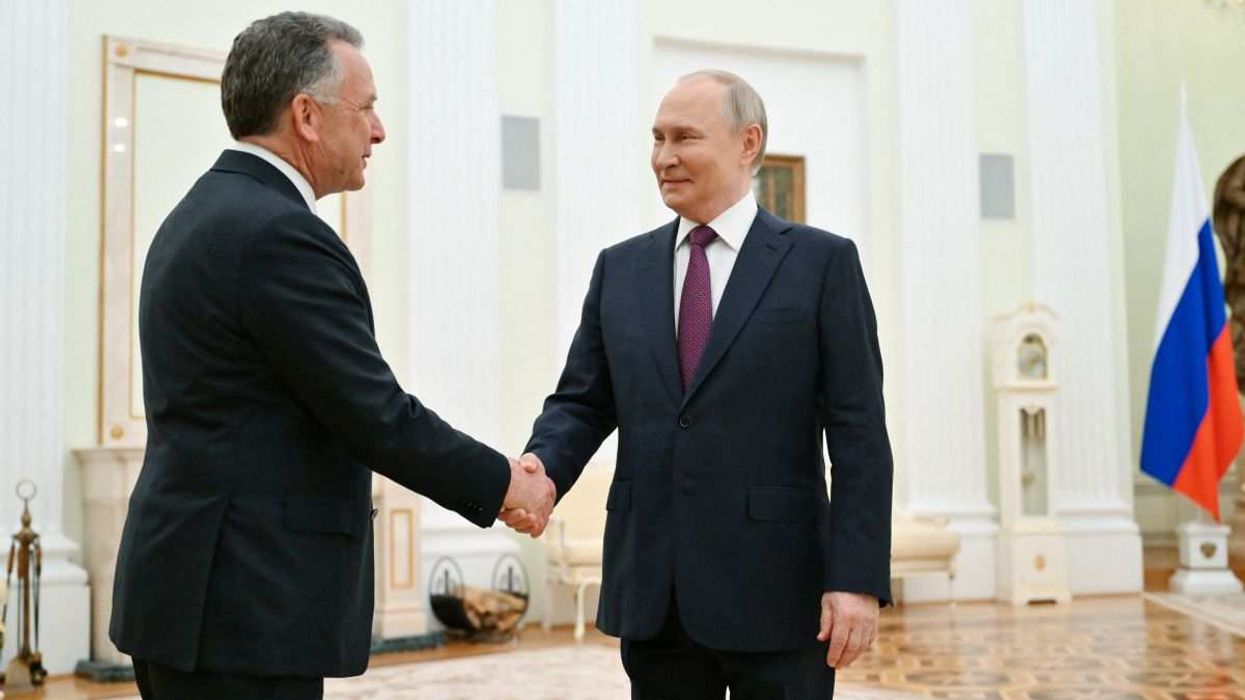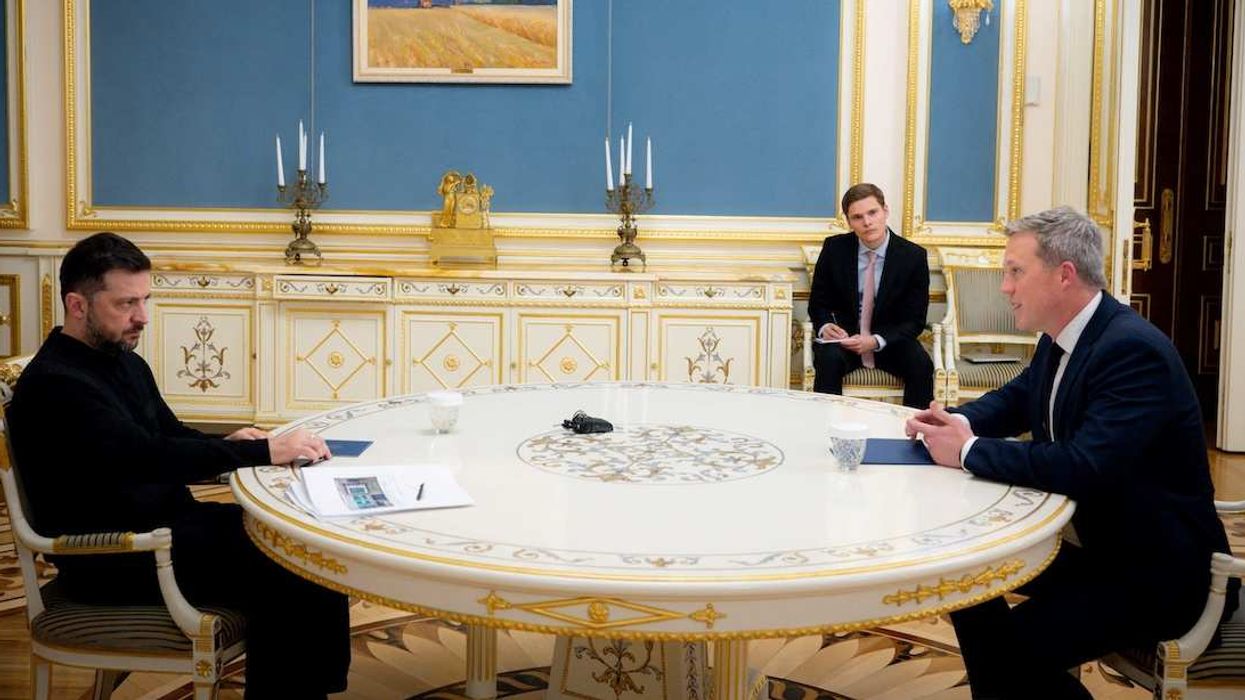Bangladeshi Prime Minister Sheikh Hasina resigned early Monday and reportedly fled the country amid violent mass protests. On Sunday, around 100 people, including at least 13 police officers, were killed in clashes across the country, as security forces struggled to contain some of the worst violence since independence in 1971.
As thousands of people streamed into the heart of the capital Dhaka today, the military announced it would hold a press conference in the late afternoon. By around 3 p.m. local time, Hasina was spotted at the airport, and television stations broadcast video of demonstrators storming Hasina’s official residence and looting it before the clock struck 4 p.m. The army announced her resignation minutes later.
What happens now? Bangladeshi Chief of Army Staff Gen. Waker-uz-Zaman, announced that the army has consulted with the leaders of major political parties and civil society organs and will request the formation of a caretaker government.
Hasina had been in charge for 20 of the last 28 years. Her legacy, and that of her father, slain independence movement leader Sheikh Mujibur Rahman, run deep in the corridors of power in Dhaka. It is unclear where Hasina has gone (India is rumored). We’ll be watching to see whether demonstrators are satiated by the caretaker government, and whether Bangladesh’s hard-earned manufacturing success can be sustained through this tumultuous political period.

